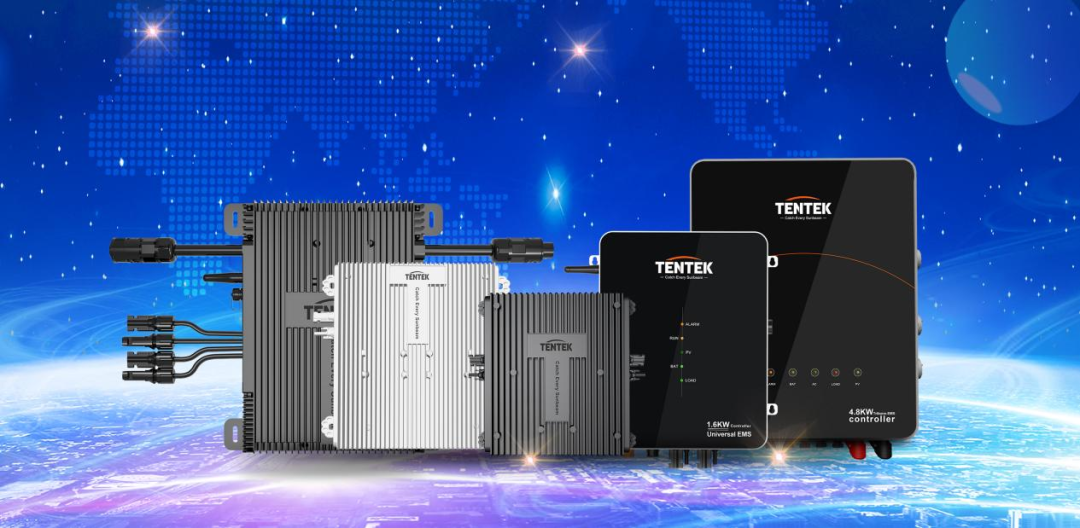Explaining Tesla's energy storage layout: one of the three pillars of a sustainable energy future
Time: Nov 30, 2023Views:
Tesla is in a leading position in the U.S. energy storage market.
Its energy storage business is mainly battery storage systems, photovoltaic power generation systems and electric vehicle charging equipment.
According to Tide Power Intelligence, in the first quarter of 2023, among the large storage (including industrial and commercial) integrator companies in the U.S., Tesla accounted for 28% of the market share, topping the list.NextEra, Fluence, Powin occupied 14%, 10% and 10% of the market share, respectively.In the German energy storage market in 2023, Tesla ranked fifth.
This year, Tesla set the goal to build 100GWH scale energy storage projects. Tesla's energy storage business may grow more than 10 times in the future.
CEO Musk said that Tesla's energy storage business may even exceed the electric car business in the future.
Comprehensive shift to sustainable energy
The utilization and promotion of clean energy has penetrated into all areas of Tesla's business.
Earlier this year, during Tesla's earnings call, CEO Musk said that the three pillars of a sustainable energy future are electric vehicles, solar and wind power, and energy storage.
On March 2, Elon Musk unveiled the third chapter of Tesla's "grand plan" at Tesla's 2023 Investor Day: a comprehensive shift to sustainable energy, with the goal of achieving 100% sustainable energy by 2050.
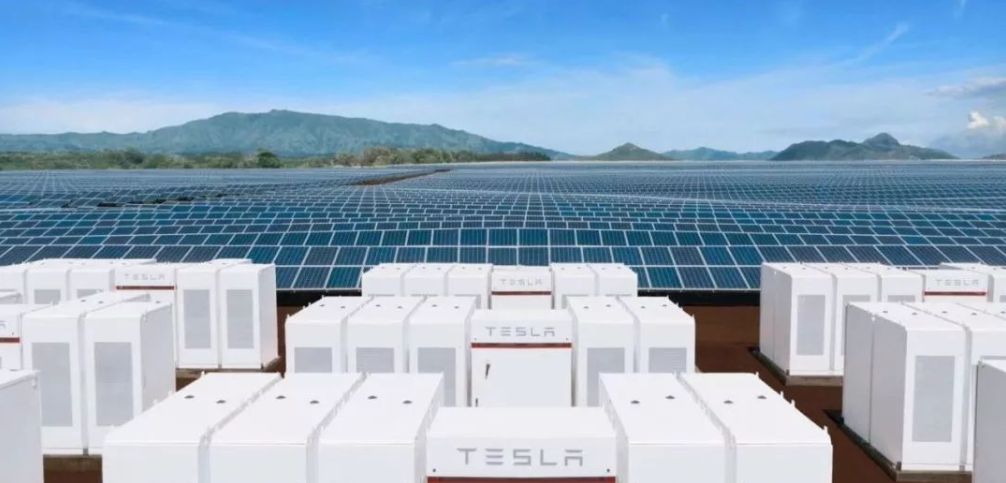
This ambitious plan not only indicates Tesla's strong plans for electric cars, but also clearly incorporates energy storage into the vision of using renewable energy to power the existing power grid.
Tesla already has a stellar track record in energy storage.
The company's energy storage business has grown at a CAGR of 65% from 2016 to the present, with a full-year installed capacity of 3.992 GWh of energy storage in 2021.
In 2022, installed battery storage systems totaled 8.8GW in the U.S. For the year, Tesla's total installed energy storage capacity was 6.5GWh, up 64% year-over-year, and energy generation and storage revenues were up 90% year-over-year to $1.310 billion (5.4% of total revenues) compared to a cost of revenues of $1.151 billion.
In the first quarter of 2023, Tesla has reached a record 3.89GWh of total installed capacity in energy storage, up 360% year-over-year.
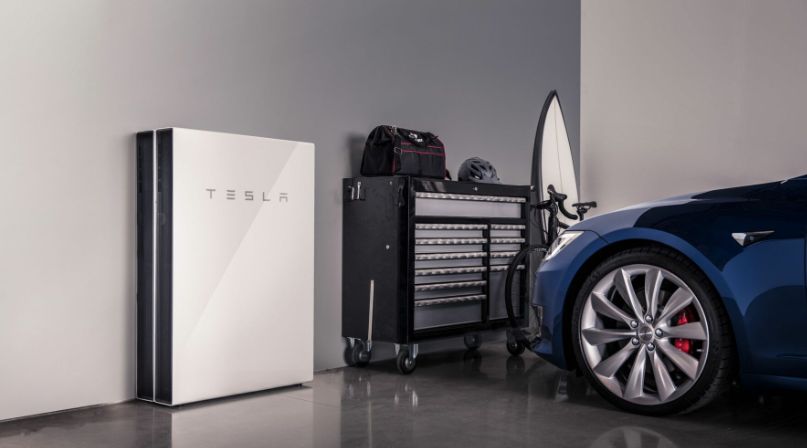
Sonnen, SENEC and other local head energy storage companies in Europe, Infigen, Neoen and other local energy storage companies in Australia are strong competitors for Tesla as it explores the market.
How to break the game? Tesla chooses to adapt to local conditions.
The European power market lacks an intelligent management system as fresh blood, so Tesla launched Autobidder, a real-time trading and control platform based on machine learning in Europe, which allows energy storage assets to participate in the bidding of the European power market and maximize revenue. The company has built a number of energy storage projects in the UK, Germany, France and other countries, such as the Hornsea project in the UK, which, with a scale of 50MW/75MWh, is already one of the largest energy storage projects in the UK.
Entering the Australian energy storage market, Tesla relies on rapid deployment and efficient operation.
Megapack won the bid for a 300 MWh large-scale energy storage project in New South Wales in 2022; Tesla's Hornsdale project in South Australia, with a scale of 150MW/194MWh, is one of the world's largest lithium battery energy storage projects.
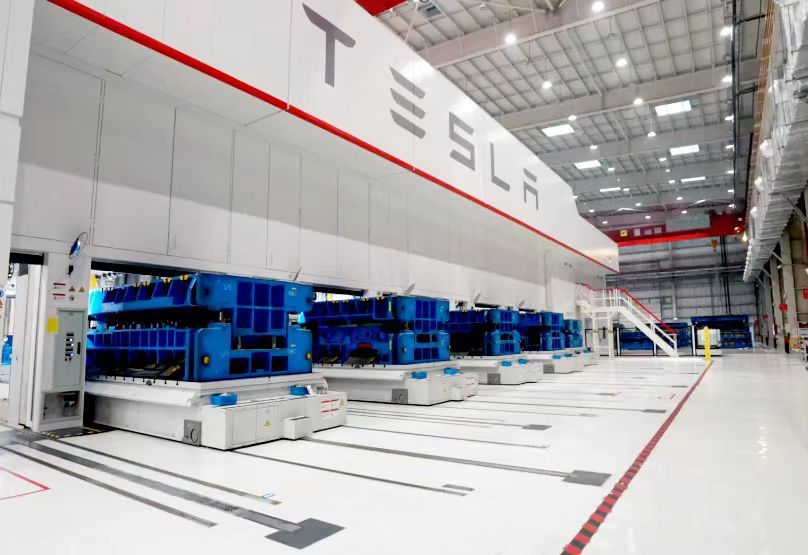
Megapack Energy Storage Megafactory
Each Tesla Megapack unit can store more than 3 MWh of energy, enough to power 3,600 homes for one hour. All Megapacks are shipped fully assembled and ready to use, and come with a warranty of up to 20 years.
It is already being sold in countries around the world, including the United States, the United Kingdom, and Australia, and production is being ramped up at dedicated factories.
On April 9 of this year, Tesla announced that it will build a new energy storage mega-factory in Shanghai dedicated to the production of its energy storage product, the Megapack.The factory is scheduled to begin construction in the third quarter of 2023 and go into production in the second quarter of 2024, with the earliest projected deliveries to be in the third quarter of 2024.Tesla has also announced that it will build a new energy storage mega-factory in Shanghai to produce the Megapack.
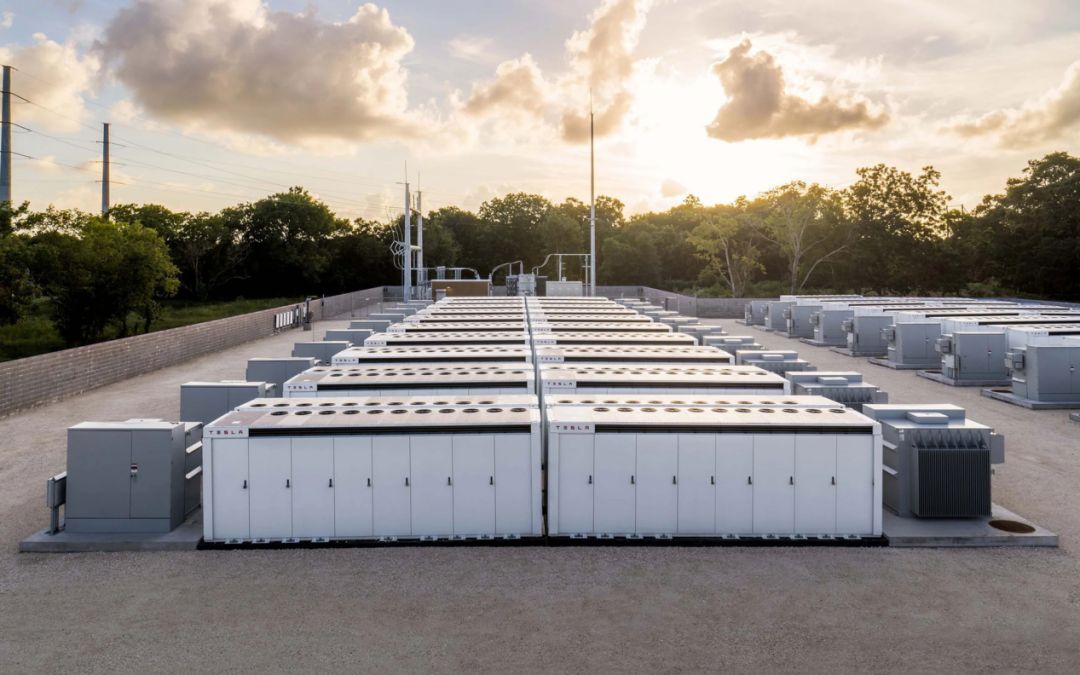
The plant is initially planned to produce 10,000 commercial energy storage batteries per year, with nearly 40 GWh of energy storage.
This figure is equivalent to nearly 30% of China's 2022 lithium battery shipments for energy storage, and Tesla's ambition for the future energy storage market is evident.
This is also Tesla's first energy storage super factory project outside the U.S., which will greatly make up for its supply chain and production capacity shortcomings, and the cost is expected to be halved and even on par with China.
In most cases, large cells have a natural advantage over small batteries in energy storage. In China's experience of large energy storage attempts, from the perspective of life and safety, lithium iron phosphate is more resistant and lower cost has been finalized.
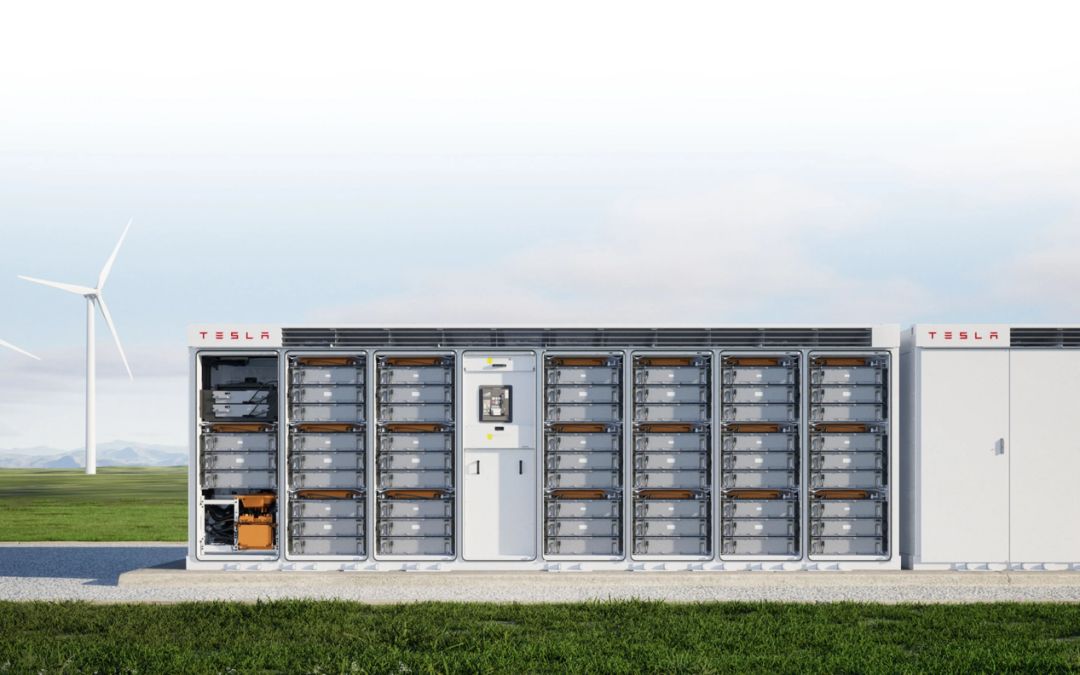
Tesla is gradually absorbing and learning from the characteristics of Chinese battery design, and its energy storage chemical system has been switched from small ternary cells to large lithium iron phosphate cells. 2022, Tesla's battery storage systems Powerwall, Powerpack and Megapack will all be upgraded and imported into China's lithium iron phosphate square-shelled battery program.
At present, the main sales region of Tesla Megapack is the United States, accounting for 63%; Australia accounts for 23%; the United Kingdom accounts for 5%. These regions are, without exception, large overseas energy storage markets with mature business models.
This time in China to build a factory, Tesla is mainly to use the Chinese industrial chain to reduce costs and increase production capacity.
In this way, China's battery industry chain and processing production will benefit. For example, Shanghai Megapack factory also plans to purchase lithium iron phosphate battery cells from Ningde Times.
Summarize
If Tesla wants to integrate into China's energy storage market in the future, it not only needs to utilize its strong brand appeal and strive to open up more links in the industrial chain to reduce prices, but also needs to adapt to the more "voluminous" competitive environment of the Chinese market. In the field of energy storage layout than Tesla layout earlier BYD, the current business covers the battery cell, BMS, EMS, PCS and other self-produced self-research.
Overseas Chinese energy storage companies are rapidly rising, and Tesla will shift from "cost competition" to "value competition". In the long run, with the further maturation of the global energy storage market, this is also an inevitable stage.

recommend
May 06, 2024
SUNGROW (300274.SZ) 2023 again when the photovoltaic industry merit. On April 23, SUNGROW released its annual performanc...
Hot




